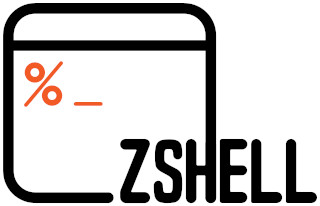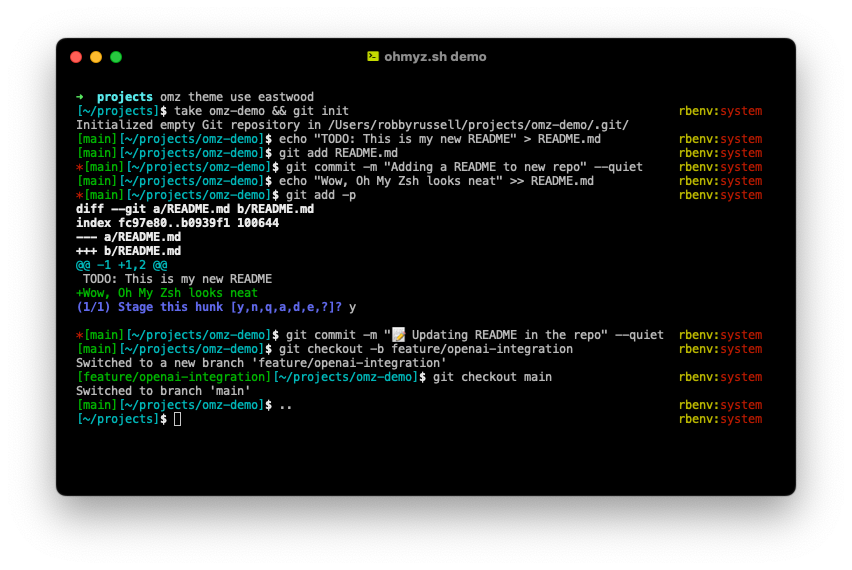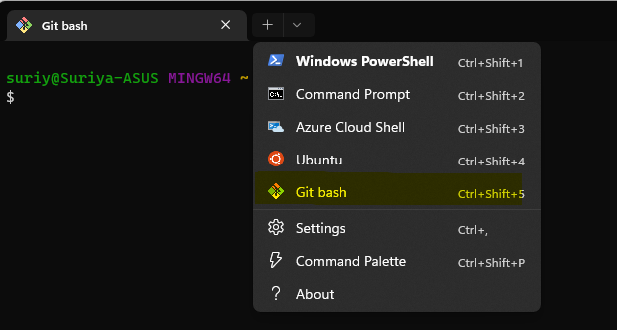Make Windows Terminal Awesome with ZSH and Oh My ZSH!
Make Windows Terminal Awesome with ZSH and Oh My ZSH!
article photo Photo by Andrew Neel on Unsplash
TL;DR
In this guide, we’ll walk you through the installation and configuration of ZSH and Oh My ZSH on Windows, so you can enjoy the power and flexibility of these tools without leaving the comfort of your Windows environment.
Table of Contents
- Introduction
- Embracing ZSH on Windows
- Step 1: Install Git + Git Bash for Windows
- Step 2: Installation and Configuration of ZSH in Windows
- Step 3: Installation and Configuration of Oh My ZSH! on Windows
- Conclusion
Introduction
Are you tired of the mundane Windows command prompt?
Do you yearn for the powerful Linux terminal, but don’t
want to deal with the complexities of WSL (Windows Subsystem for Linux)?
Well, rejoice, fellow developers, for there is a solution! With the combination of:
you can transform your Windows command line experience into something truly remarkable.
In this guide, we’ll walk you through the installation and configuration of ZSH and Oh My ZSH on Windows, so you can enjoy the power and flexibility of these tools without leaving the comfort of your Windows environment.
Embracing ZSH on Windows
Introducing ZSH: The Ultimate Shell Experience

Image description: ZSH logo.
ZSH, or Z Shell, is a powerful command interpreter for UNIX-like operating systems. It offers advanced features
such as
improved tab completion, spelling correction, and extensive customization options.
Oh My ZSH!: ZSH Supercharged
 Image description: Oh My ZSH! logo featuring a cute cartoon character with a command prompt.
Image description: Oh My ZSH! logo featuring a cute cartoon character with a command prompt.
But what truly takes ZSH to the next level is Oh My ZSH! This open-source framework for managing ZSH configurations comes packed with a plethora of themes, plugins, and helpers.
Step 1: Install Git + Git Bash for Windows
If you haven’t already, download and install Git for Windows from the official website. This will give you access to Git Bash, which serves as the entry point for ZSH. You can find the Git for Windows installer here.
Git Bash is needed so that we also have the bash shell available, which is required for ZSH to run, and also for
having the ~/.bashrc file available.
The ~/.bashrc file is installed at C:\Users\<your user name>\.bashrc.
IMPORTANT: Make sure to select the option to use Git from the Windows Command Prompt during the installation.
ALSO IMPORTANT: When opening the Windows Terminal app, make sure to select the Git Bash profile as the default terminal profile! (Select it from the dropdown menu in the top right corner of the terminal window), and then set it as default in the Settings.
 Image description: Selecting Git Bash as a terminal profile
Image description: Selecting Git Bash as a terminal profile
Step 2: Installation and Configuration of ZSH in Windows
Now that we understand the components, let’s get down to business. Here’s how you can install and configure ZSH and Oh My ZSH! on your Windows machine without the need for WSL.
2.1: Download ZSH
Once Bash for Windows is set up, it is time to install ZSH:
Download the latest MSYS2 zsh package from the MSYS2 package repository. The file will be named
like: zsh-#.#-#-x86_64.pkg.tar.zst. You can find the latest version here.
2.2: Install ZSH
Extract the contents of the zip file (which will include etc and usr directories) into your Git
Bash
installation directory. This will be in C:\Program Files\Git. You should merge the contents of the folder when
asked (
no files should be getting overridden).
2.3: Verify the ZSH Installation
Open Git Bash and run zsh --version to ensure that ZSH is installed correctly.
2.4: Set ZSH as the Default Shell
After installation, set ZSH as your default shell by appending the following to
your C:\Users\<your user name>\.bashrc file:
if [ -t 1 ]; then
exec zsh
fi
2.5: Fix Displaying of Unexpected Characters
Fix the displaying of garbled characters on terminal by appending this line in
your C:\Users\<your user name>\.bashrc file:
/c/Windows/System32/chcp.com 65001 > /dev/null 2>&1
Close and reopen the terminal, to save those changes. The first time ZSH will ask for some files creation.
Step 3: Installation and Configuration of Oh My ZSH! on Windows
As we said earlier, Oh My ZSH! is the cherry on top of the ZSH cake. Let’s see how you can install and configure it on your Windows machine.
3.1: Installation of Oh My ZSH!
Install Oh My ZSH!: With ZSH in place, installing Oh My ZSH! is a breeze. Simply run:
sh -c "$(curl -fsSL https://raw.github.com/ohmyzsh/ohmyzsh/master/tools/install.sh)"
3.2: Customization of Oh My ZSH!
Fonts
Download and install manually
the Meslo Nerd Fonts to include
all glyphs and symbols that Powerlevel10k may need.
Theme
There are a lot of themes, with Powerlevel10k being the most popular and powerful. To install it, check the instructions here.
Conclusion
Congratulations! You’ve now unlocked the full potential of ZSH and Oh My ZSH! on Windows. With its advanced features and endless customization options, ZSH is sure to revolutionize your command line workflow. So why wait? Dive in today and elevate your development experience like never before.